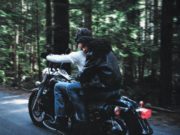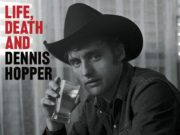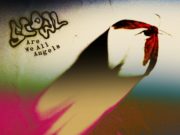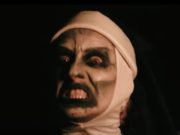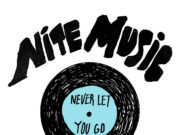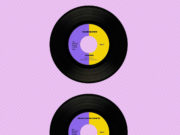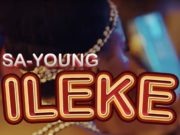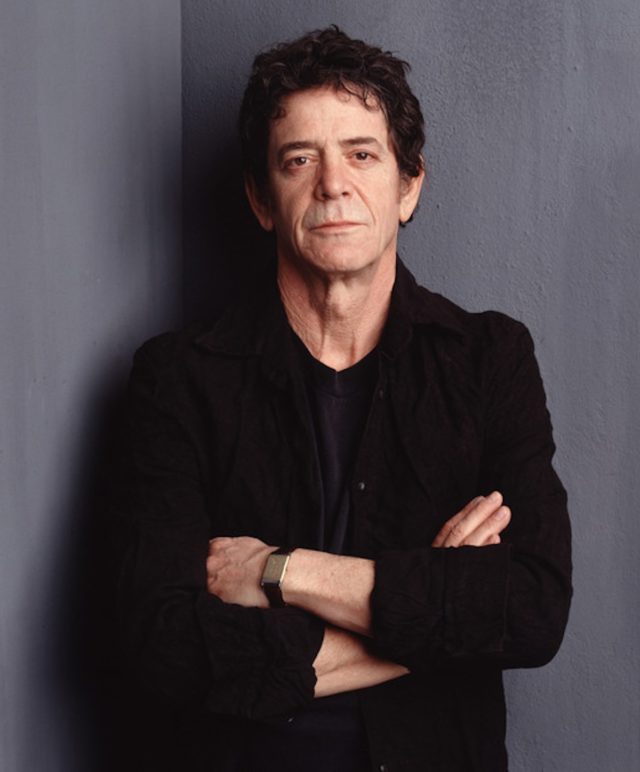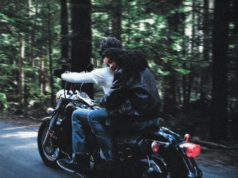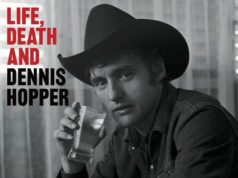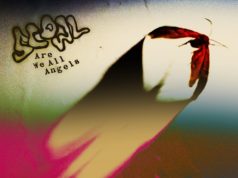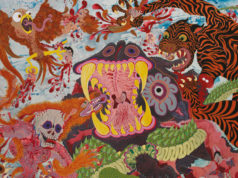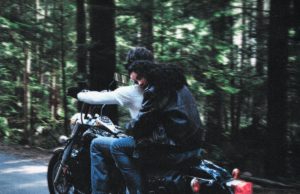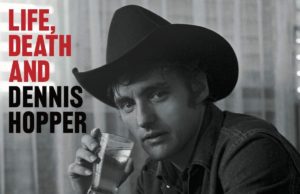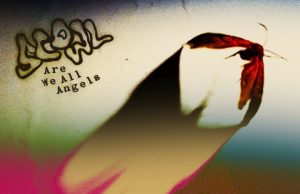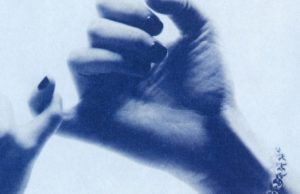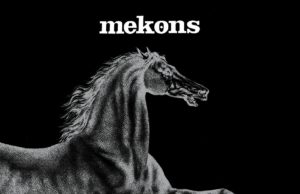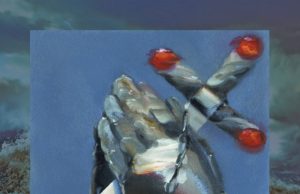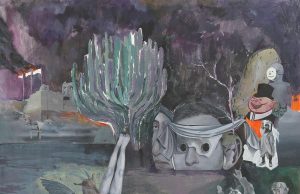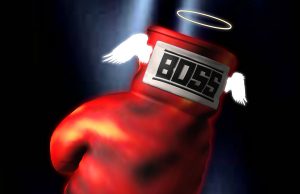 I have always considered myself a Lou Reed fan — but maybe I’m not. Or at least not an indiscriminate one — especially when it comes to his solo output. After leaving The Velvet Underground, the late legend made 20 studio albums as a solo artist, along with two more collaborations. Of those albums, I was only familiar with five. So I decided to listen and review the remaining 15. At times it was like torture.
I have always considered myself a Lou Reed fan — but maybe I’m not. Or at least not an indiscriminate one — especially when it comes to his solo output. After leaving The Velvet Underground, the late legend made 20 studio albums as a solo artist, along with two more collaborations. Of those albums, I was only familiar with five. So I decided to listen and review the remaining 15. At times it was like torture.
In a nutshell, Reed has a big basket of bonafide classics. Unique, unmistakable and ground-breaking songs which combine poetry and prose with a variety of music styles. But he also recorded a fly-ridden heap of awful, awful songs featuring his distinctive but poor singing, along with excessive sax and fretless bass.
By comparison with Reed’s solo catalog, I was already quite well versed with everything The Velvet Underground recorded. That’s where he first rose to prominence, of course. There are many things which are characteristic of the Velvets. One of those is the drumming of Maureen “Mo” Tucker. Non-traditional for a rock band, she usually opted for a half kit composed of a snare, tom, one cymbal, and a bass drum played with a mallet rather than a kick pedal. (One thing I noticed when listening to Reed’s solo material is that a great deal of his songs have a similar drum sound or approach, in that there’s no straight hi-hat or ride cymbal-led beats. The Tucker influence remained throughout his career.)
Of course, Reed’s musical career began even before The Velvet Underground. He did doo-wop in the late ’50s and recorded a single with his trio The Jades:
In college, he started hosting a radio program, played original music with a variety of campus bands and, then were portrayed as an actual group when, along with a cast of studio musicians, he made a bunch of knock-off alt-pop songs for Pickwick. Like this incredible nugget:
His detuned, droning guitar on The Ostrich is what got the attention of John Cale — leading to the creation of the fiery partnership at the heart of The Velvet Underground. This band, particularly their debut album, would become one of the most influential alternative music groups of all time. The common saying is that hardly anyone bought their first record, but everyone who did, started a band.
There were four Velvet Underground albums — The Velvet Underground & Nico (1967), White Light/White Heat (1968), The Velvet Underground (1969) and Loaded (1970). There’s technically a fifth called Squeeze (1973) which I don’t count because it only has Doug Yule on it from the actual band… and, supposedly, Ian Paice on drums instead of Mo Tucker. You can read what Paice says about that HERE.
There are also a bunch of compilations, a box set and a handful of live albums. I’m up to speed on all that stuff. Reed quit the band during the last week of their residency at Max’s Kansas City in 1970.
What I didn’t know is that Reed moved back home with his parents in Long Island after quitting, and even worked as a typist at his dad’s accounting firm. A year later, he signed a deal with RCA and began working on his self-titled debut solo album — one of the many solo releases I hadn’t heard.
I’m going to go through all those new-to-me albums and give you my take on them. I was already familiar with Transformer (1972), Berlin (1973), Street Hassle (1978), New York (1989) and Songs For Drella (1990). They’re all excellent, though I don’t really love Berlin. I don’t think it works. Anyway, I didn’t review them here. Maybe some other time.
For me, the Lou saga ended with Ecstasy in 2000. Though he did have a wonderful vocal on The Bronx, from Booker T’s 2011 album The Road From Memphis. Lou’s final studio recording, before his death on Oct. 27, 2013, was a vocal line on The Wanderlust by Metric, from their 2012 album Synthetica. His last self-penned song seems to have been The Debt I Owe, which he contributed to the 2011 tribute compilation, Note of Hope: A Celebration of Woody Guthrie.
Reed’s final concert was at the Royal Albert Hall on August 10, 2012. Amongst his 13-song setlist were four songs from the much-reviled Metallica collaboration Lulu and three Velvet Underground songs, including the encore White Light/White Heat. His final appearance on stage was in Paris, at the Salle Pleyel concert hall on March 6, 2013. Lou sang Candy Says with Anohni and the Johnsons. His widow Laurie Anderson says on the morning of his death he asked for help getting outside to his front porch. His final words were, “Take me into the light.”
Unrated | Hudson River Wind Meditations
21 | The Bells
20 | Metal Machine Music
19 | Mistrial
18 | Rock And Roll Heart
17 | Lulu (w/ Metallica)
16 | The Raven
15 | Growing Up In Public
14 | Legendary Hearts
13 | Set The Twilight Reeling
12 | Berlin
11 | New Sensations
10 | The Blue Mask
9 | Sally Can’t Dance
8 | Songs For Drella (w/ John Cale)
7 | Lou Reed
6 | Ecstasy
5 | New York
4 | Magic And Loss
3 | Coney Island Baby
2 | Street Hassle
1 | Transformer
• • •
Area Resident is an Ottawa-based journalist, recording artist, music collector and re-seller. Hear (and buy) his music on Bandcamp, email him HERE, follow him on Instagram and check him out on Discogs.



